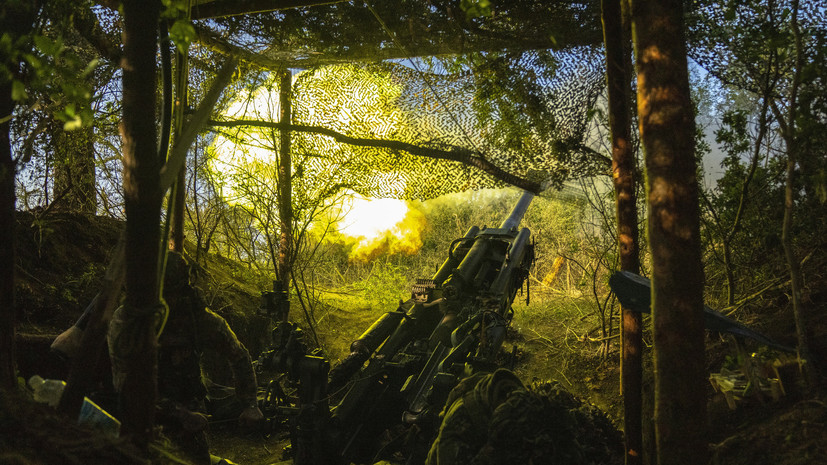Rising Tensions: US-Kyiv Relations and Russian Response
Calls from US politicians to allow Kyiv to use American weapons against military and energy facilities inside Russia are being termed as 'extremely dangerous and reckless' by the Russian Embassy in the United States. Anatoly Antonov, the head of the Russian diplomatic mission, emphasized that such actions would deepen US involvement in the Ukraine conflict, highlighting a 'growing hysterical reaction' to Russia's successes on the front. Antonov pointed out that frequent proposals to expand military assistance to Kyiv aim to provoke the US into a direct confrontation with Russia.
These escalations come on the heels of American congressmen urging US Defense Secretary Lloyd Austin to permit Ukraine to strike Russian territories using US-provided weapons. The congressmen argue that such actions are critical for Ukraine to defend its sovereignty against unprovoked Russian aggression. Former US officials, including Victoria Nuland, echoed these sentiments, suggesting that the US should allow Ukraine to target Russian military bases with long-range weapons.
Ukraine’s Tactical Successes Using ATACMS
Ukraine has recently dealt significant blows to Russian forces using ATACMS missiles, highlighting the growing potency of its military arsenal. Over the past weeks, the Ukrainian army has targeted fuel depots, military training areas, and air defense systems with devastating precision. Notable successes include attacks on Sverdlovsk in the Luhansk region and the destruction of a Russian S-400 Triumph air defense system in Crimea. Speculations suggest that despite Russia's advanced defense systems, they have struggled to intercept these high-speed missiles effectively.
Ukraine’s intensified use of ATACMS missiles, reportedly supplied by the United States as part of a $61 billion military package, underscores the increasing tactical sophistication of Ukrainian forces. Such actions have not only inflicted substantial casualties on Russian forces but have also showcased the capability of these medium-range missiles to bypass Russian air defenses.
Further complicating the situation, Ukrainian calls for more robust anti-aircraft defense systems have grown louder. During a press conference with German official Annalena Baerbock, Ukrainian diplomatic chief Dmytro Kouleba proposed that allies should intercept Russian missiles targeting Ukraine from their territories. He emphasized that if allied nations could not provide direct interception, they should furnish Ukraine with the necessary means to bolster its own defense capabilities.
Experts believe that the discussion over allowing Ukraine to strike Russian territories with US weaponry reflects Kyiv's strategic desperation. Analysts argue that the US, fearing escalation, publicly refrains from supporting such measures but may privately provide intelligence support. Despite these complexities, US officials remain cautious about provoking a direct confrontation with Russia, a sentiment underscored by Antony Blinken and Lloyd Austin's statements.
- Many experts emphasize the precariousness of the situation, suggesting that allowing Ukraine to strike Russian targets could lead to significant escalation and unpredicted risks. Some analysts suggest that the Biden administration's cautious stance aims to balance support for Ukraine while avoiding a broader conflict.
- In recent weeks, Ukrainian strikes using ATACMS missiles have generated significant debate. The missiles’ ability to carry various warheads and their deployment for strategic hits on Russian military assets illustrates a shift in the conflict dynamics. Ukrainian forces continue to push for greater military support from Western allies, stressing the critical need for advanced defense systems to counter ongoing Russian missile attacks.
- The debate over military assistance also underscores broader geopolitical implications, including the potential impact on the security dynamics of Western nations. Analysts continue to monitor the situation closely, anticipating possible changes in US and NATO policies in response to evolving conflict scenarios.






